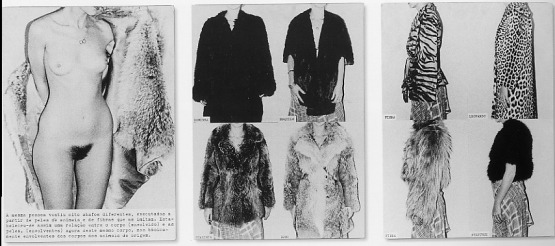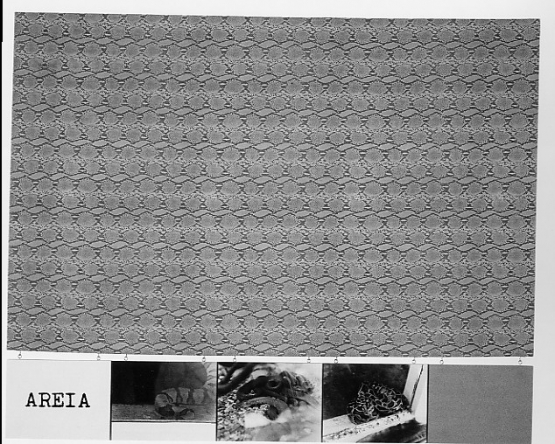Many photographic proofs of the works and films were lost in the fire at the Galeria de Arte Moderna de Belém, thus obliging the production of new ones for this show. The original films in Super 8 were transferred onto DVD so as to enable their continual presentation, required by the conditions of an exhibition. Both in the catalogue as well as in the exhibition itself, their presentation is not organised by genre, but rather tries to promote links with works on other mediums.The works are presented in this catalogue in chronological order, which naturally does not occur with the exhibition that elaborates nuclei clustered around issues related to the internai structure of the work itself considered as a whole. The bibliographic and exhibitive record of each piece that accompanies the respective index-plate is comprehensive so as to locate and position the changes in the way they were received up until the present study. The show was organised as a synthesis, naturally conditioned by the spatial circumstances in which it takes place, favouring operative concepts and categories that structure the ensemble of displayed works.
I would like to thank the Board of the Instituto Português de Museus for the support granted to this project from the beginning. The Divisão de Documentação Fotográfica, and most especially José Pessoa, rendered crucial support in the recovery of some of these works. The Museu do Chiado team worked tirelessly and with their usual utmost competence to assemble this complex exhibition. Nuno Ferreira de Carvalho managed the many works that gave rise to this catalogue, with the attention and dedication to which we have become accustomed. Pedro Santos was responsible for the magnificent design, which has so often distinguished the quality of our catalogues. Cristina Guerra, Pedro Oliveira, Márcia Fontes, Nicolas Logsdail and Sean Kelly, all of them galleries that represent the artist, were enthusiastic supporters of this initiative, for which I thank them all. I would also like to acknowledge the important contribution of the Stedelijk van Abbemuseum through its director Jan Debbaut, who kindly made all of the artist 's film material available. Bartomeu Marí wrote an essay for the catalogue with the insight which we know him for, taking an approach which projects the oeuvre into the later developments of the art practices carried out by other younger artists, together with a viewpoint removed from the conditionings of Portuguese history of art.
A vast, precious and thorough work of documentation was entirely carried out by María Jesús Ávila with remarkable exemplariness. For certain, the history of this period will be better known after this work.
My greatest thanks go out to Julião Sarmento who patiently, with an enthusiasm, availability and a unique memory, turned the production of this show into the sharing of joy that artistic creation can mean.To him goes my profound acknowledgement.
Pedro Lapa
Director of The Chiado Museum - National Museum of Contemporary Art













